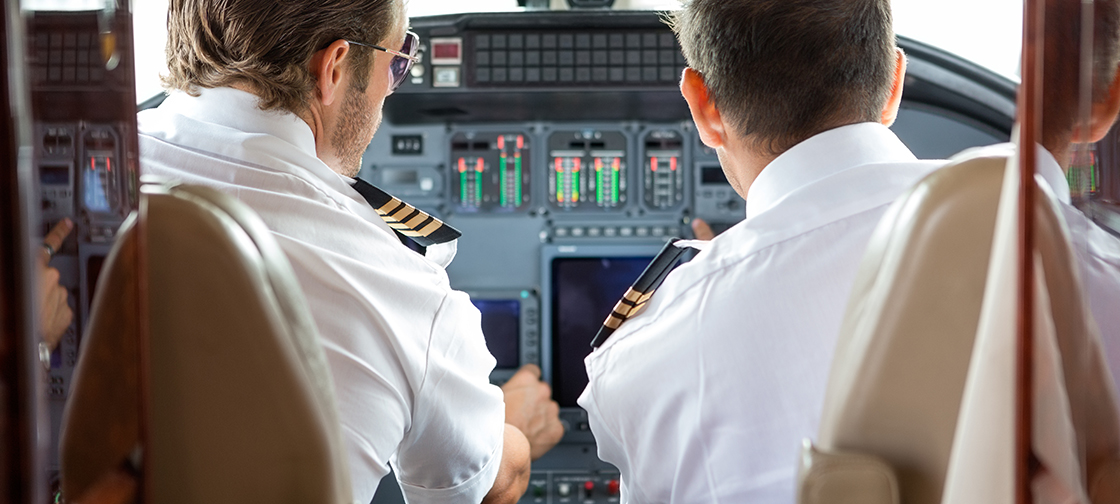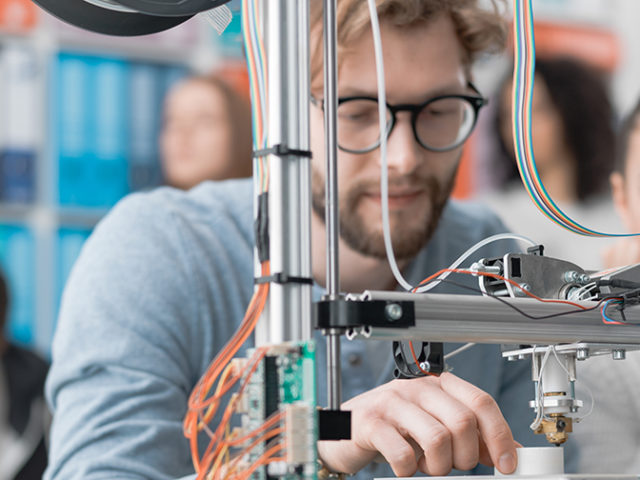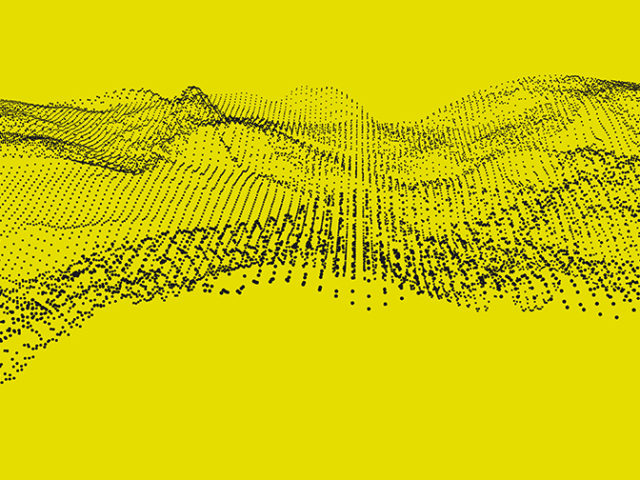In a collaboration with Swiss International Air Lines, NASA and other partners, researchers at ETH Zurich have developed eye-tracking software for use in pilot training. This allows instructors to analyse the gaze behaviour of student pilots in the cockpit.
Anyone who has ever sat in a cockpit will know how mentally challenging it is to pilot an aircraft. During a flight, pilots and copilots have to process an enormous quantity of visual, acoustic and spatial information. Keeping a constant eye on the numerous instruments in the cockpit is a strenuous task, as pilots must check the correct indicators during a manoeuvre – often in a specific order.
This process of “scanning” the flight systems is something that pilots internalise during their training. But even for experienced instructors, it is hard to judge whether a student pilot is looking at the right instruments at the crucial moment. Now, in collaboration with Swiss International Air Lines, researchers led by ETH Zurich Professor Martin Raubal have used eye-tracking technology for the first time to understand how pilots monitor the automatic systems of a modern passenger aircraft.
Seeing what the pilot sees
Camera-based eye-tracking technology allows precise monitoring of a person’s eye movements. “Since eye movements allow conclusions to be drawn about a person’s thought processes, Swiss came to us with the idea of using eye-tracking in pilot training,” says Martin Raubal, Professor of Geoinformation Engineering at ETH Zurich.
The idea developed into a several-year economic partnership involving NASA, Lufthansa Aviation Training and the University of Oregon in addition to ETH Zurich. Here, the common goal was to improve flight simulator training and thereby cockpit safety. Raubal’s team developed software by the name of “iAssyst” that assists flight instructors as they train budding pilots. The researchers recently wrote about their work in the journal Ergonomics.
Source: “Tracking the eye of the pilot”, Michael Keller, Zurich ETH news




